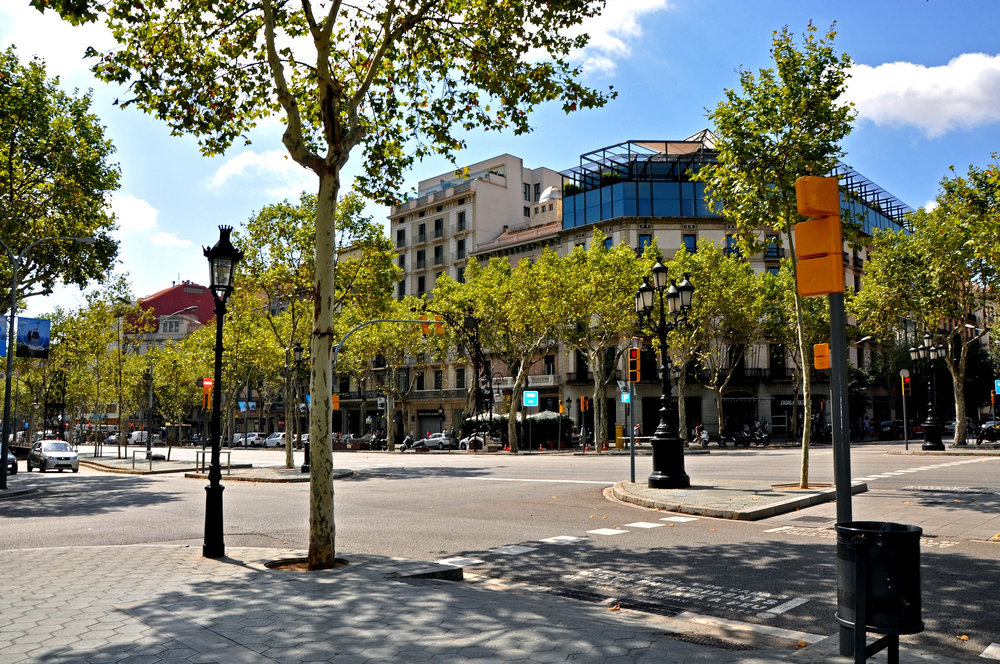holistic management of emerging forest pests and diseases
New HOMED paper: Insights for the planning of sustainable urban tree assemblages
A recently-published HOMED paper, Urban tree isolation affects the abundance of its pests and their natural enemies, sets out to discover how urban tree spatial arrangements influence pest abundance and top-down regulation by natural enemies.
Cities are home to the majority of the Earth's population and concentrate large movement of goods, making urban trees especially susceptible to insect herbivory. Aside from that, urban trees are essential for human well-being as they provide ecosystem services, such as reducing pollution and cooling the air, among others. In this context, it’s important to understand what alters their susceptibility to insect herbivory – yet surprisingly little is known about this topic.

Barcelona, Spain
To shed some light on this question, in the span of two years, HOMED researchers sampled the abundance of an invasive pest of Eucalyptus, the psyllid Glycaspis brimblecombei, and of two of its natural enemies, the specialist exotic parasitoid Psyllaephagus bliteus and the generalist native predator Anthocoris nemoralis. They measured insect abundances in isolated trees versus monospecific planted forest patches. Researchers discovered that the abundance of the exotic pest was three-fold higher in forest patches than in isolated trees and the parasitism rate was around 30 times higher in forest patches than in isolated trees. These results suggest that isolated trees could be preferable to monospecific forest patches when planning sustainable urban tree assemblages. In addition, since previous work shows that greater tree diversities can reduce the infestation of monophagous pests, isolated trees combined with large diverse patches could also be an option.
Read the full paper here.